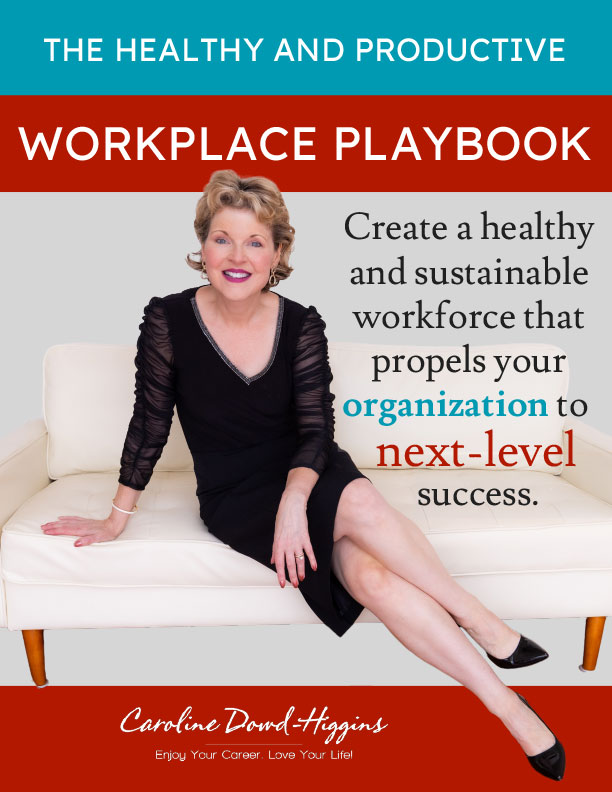How Time to Think Can Help You Do Your Best Work

The pandemic induced work style of back-to-back meetings without transition time and overworked and overwhelmed employees has dangerously normalized into the status quo. I hear from clients, friends, and colleagues that the daily meeting blitz leaves no time to do the work. Evenings and weekends are spent catching up on the mountain of email and the projects that never got attention during the week. I will admit with vulnerability that this experience rings true for me as well.
Neuroscience and Work
Amy Brann wrote eloquently in her Huffington Post piece about the necessity of the resting state of your brain. While most organizations place value on doing things that focus solely on outcomes and results – the act of thinking, reflecting, and processing allows for higher insight and creativity.
Brann posits there is a business case for giving people space and time to think and reflect. Companies like Google and 3M have actually identified “dabble time” as part of the workday and report that these times have been at the center of their most successful products.
Think time should be honored and prioritized as it stimulates creativity and allows essential room for great work. The endless meeting cycle is counter productive if process time is not part of the daily routine.
Thursday is the New Friday
I interviewed Joe Sanok on my podcast about his new book, Thursday is the New Friday: How to Work Fewer Hours, Make More Money, and Spend Time Doing What You Want.
Let’s be clear – not everyone has the opportunity to craft a 4-day work week, but Joe taught me practical things that are feasible to implement.
Sanok believes we are stuck in the almost century old Industrial model of work and productivity based on the 40-hour work week and the 8am to 5pm workday that began with assembly line auto manufacturing introduced by Henry Ford in 1926. Granted, many of us work well over 40 hours a week and the business day expands to accommodate our work. Sanok’s book is full of case studies from people and companies who have successfully embraced the less-is-more approach to work while meeting and exceeding goals and reinvigorating the human capital of employees.
Check out these Joe Sanok tactics to implement in your work life:
- Stop, eliminate, or reduce tasks (email, meetings, etc.) to make room for creative work and mitigate stress, leading to more productive results.
- Slow down at work to be more productive and spark creativity and focus.
- Experiment with a new schedule – find your sweet spot work time (morning person or night owl?) and honor your brain to work when you are at your best, even if outside of traditional hours.
- Set and enforce daily, weekly, monthly, and annual boundaries to positively impact your personal and professional life.
- Let go of guilt as you design a healthier work life – give yourself permission to thrive.
White Space Allows for Your Best Work
Juliet Funt is a speaker, consultant, and a self-proclaimed warrior in the battle against busyness. She has been in the trenches with thousands of busy people who tolerate the misery of work and has helped them exit the overwhelm paradigm to find satisfaction and enhanced productivity.
I interviewed Funt on my podcast about her book, A Minute to Think: Reclaim Creativity, Conquer Busyness, and Do Your Best Work. She talks about the power of space and time to think, breathe, reflect, and ponder to allow the spark of productivity to ignite. The missing element is white space – short periods of open, unscheduled time, that when recaptured, change the very nature of work.
White space is the stepping back, the strategic pause, the oxygen that allows the sparks of our efforts to catch fire. Funt believes that white space has the power to radically and simply reinvent the way we approach work in the maxed-out, continuous COVID journey.
Check out these Juliet Funt tactics to liberate yourself from burnout and overwhelm:
- Schedule thinking time for yourself and your team to allow for questioning what’s current and vision what’s possible.
- Heart-centered leaders need to listen to find out what makes work miserable/challenging for direct reports and be open to the possibilities of creative solutions.
- Reclaim creativity by not overscheduling meetings – keep essential meetings to 45 or 25 minutes long with an agenda.
- Take the Busyness Test and learn how to find and create more white space based on your unique work environment.
- Eradicate the shame of rest at work – celebrate the power of reflection time
- Delete unnecessary meetings from your schedule. Consider if you really need to attend every meeting.
- Cut overuse of the cc line in emails to avoid message overwhelm. Consider: Whose Action is This? – and only cc those who are essential to the action.
It’s time to challenge the way we have always worked. Innovative companies will retain top talent by recalibrating and empowering colleagues to do their best work with creative time and space to think, reflect, and process. If we slow down, we make room for more productive results and heathier employees.
Think of it as an experiment. Try something new for a few months and compare it to what you’ve always done. You may find unexpected innovative results you want to adopt longer term.






